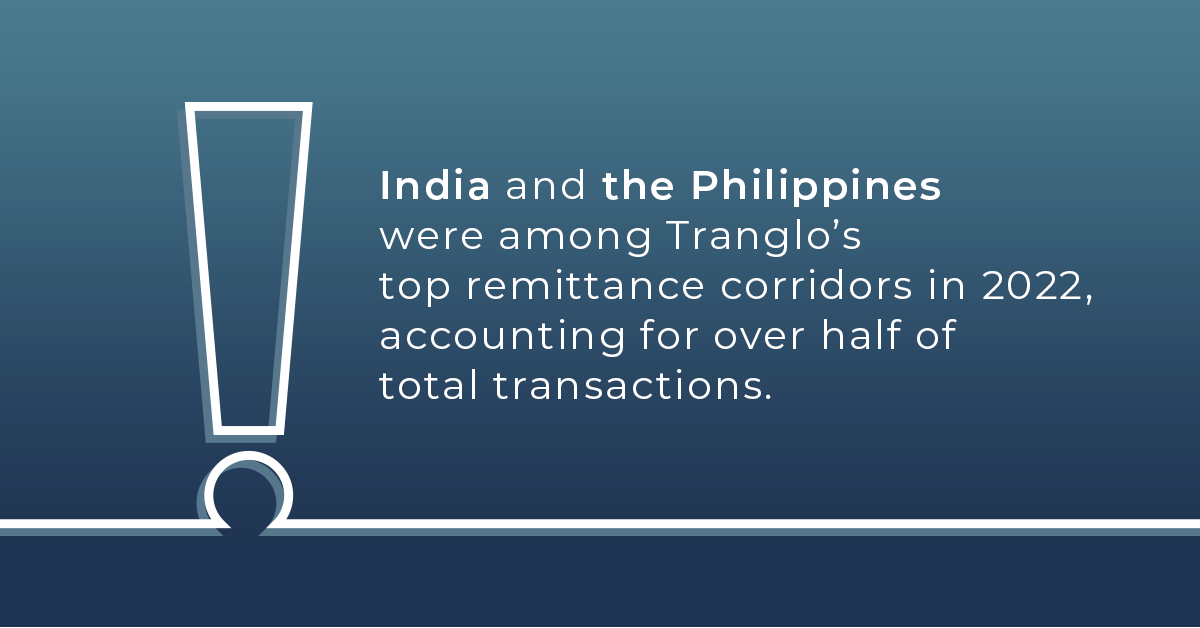In the early 2000s, the total outbound remittances for the Golf Cooperation Council (GCC) countries, which consist of Saudi Arabia, the UAE, Kuwait, Oman, Bahrain and Qatar, stood at USD 25.77 billion. In 2021, this figure became USD 134 billion, making the region the outright number 1 for outward remittances.
Even when we judge them as individual countries, Saudi Arabia and the UAE ranked 2nd and 3rd on the list after the United States.
So, what’s the reason behind the high outbound GCC remittance flows?
Expat-driven remittances
GCC countries host around 35 million migrant workers or approximately 10% of the global migrants. These foreign workers, the backbone of the countries’ economies, mostly come from low- and middle-income countries (LMICs) such as India, Jordan, Egypt and the Philippines.
Data shows that the total value sent to LMICs was estimated at USD 626 billion in 2022, an increase of almost 5% from the previous year. Topping the list of receiving countries was India, with a whopping USD 100 billion.

Mastercard’s Borderless Payments Report 2021/22 revealed that 66% of respondents in the UAE said they made more cross-border transactions in 2022, with more than half adding that their family members may be unable to survive without the financial support. Another study done by Western Union among 1,000 UAE residents showed that 76% said they would be sending more money in 2023.
This source of money is the lifeline for many families in the LMICs because it would be used to serve food on the table, education, medical and daily necessities. The World Bank states that remittances are the largest source of external finance in LMICs, exceeding the value of foreign direct investment and government aid.
The future of GCC remittance
Global remittance growth is expected to fall to 2% in 2023 amidst reduced worker wages globally.
However, it has been proven that migrant workers would send more during economic downturns or natural disasters in their home countries. The World Bank estimated that inward remittances represented 12% of Haiti’s GDP in 2011, a year after the Haiti earthquake. Studies have shown that foreign workers would absorb any income loss by shrinking their own expenses and not cutting down on remittances.
With an expat-driven economy that promotes cross-border payment partnerships and technologies, as well as a willingness of its regulators and governments to help migrants continue to send funds home, this may be the golden age of GCC remittance.
If you’re a financial services provider in the GCC region or beyond, or if you have stories on the GCC remittance market, we would love to hear from you. Reach out to us today.







